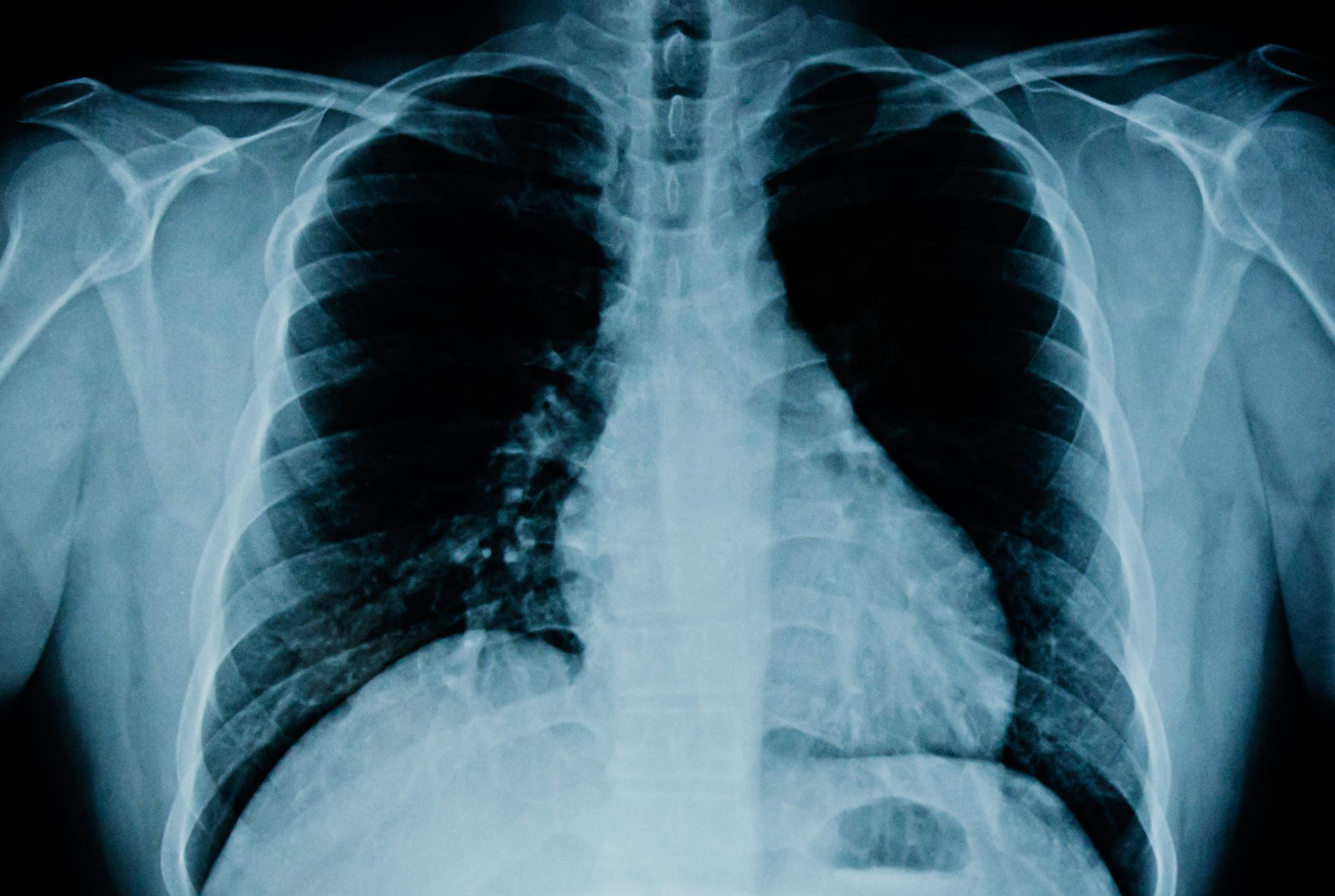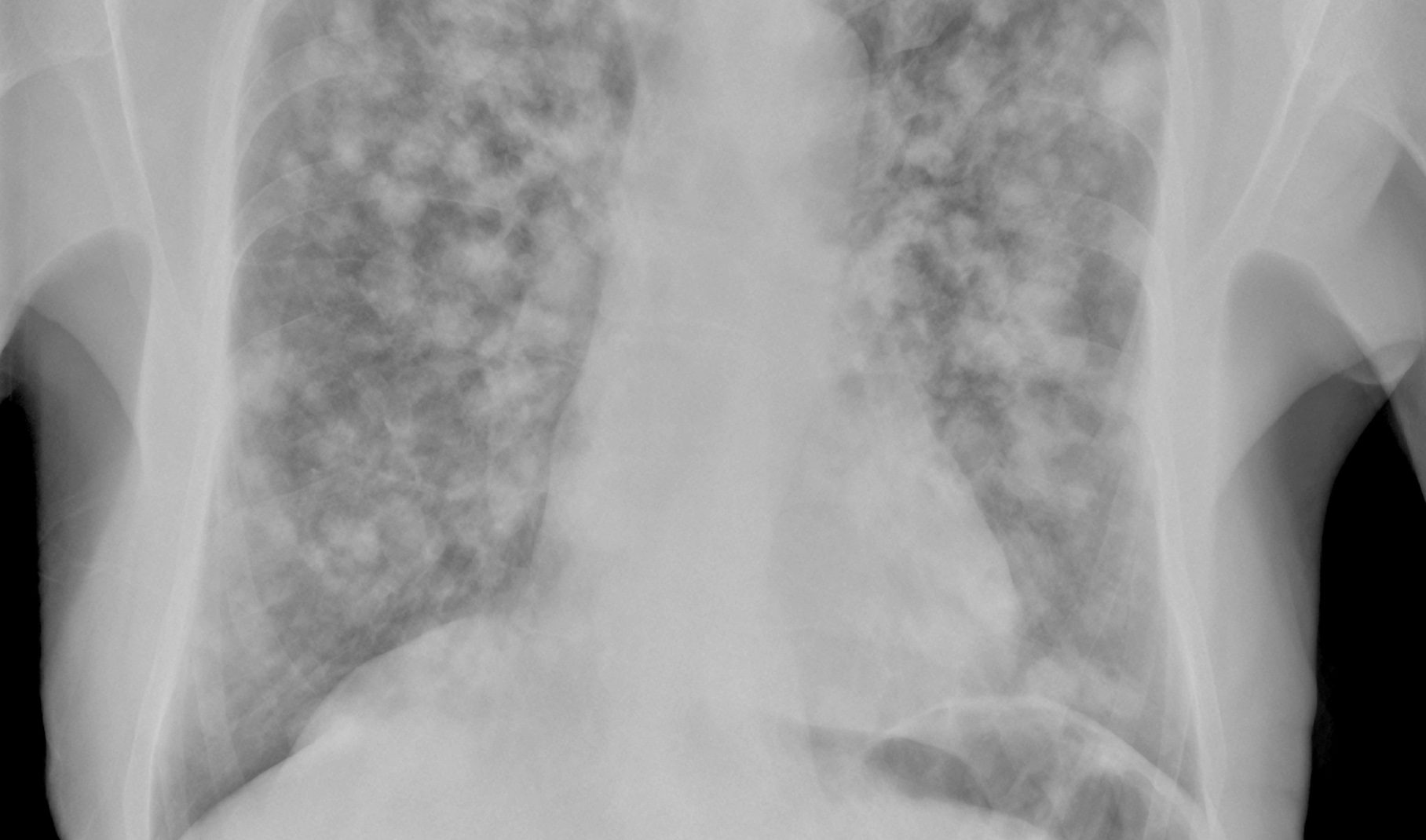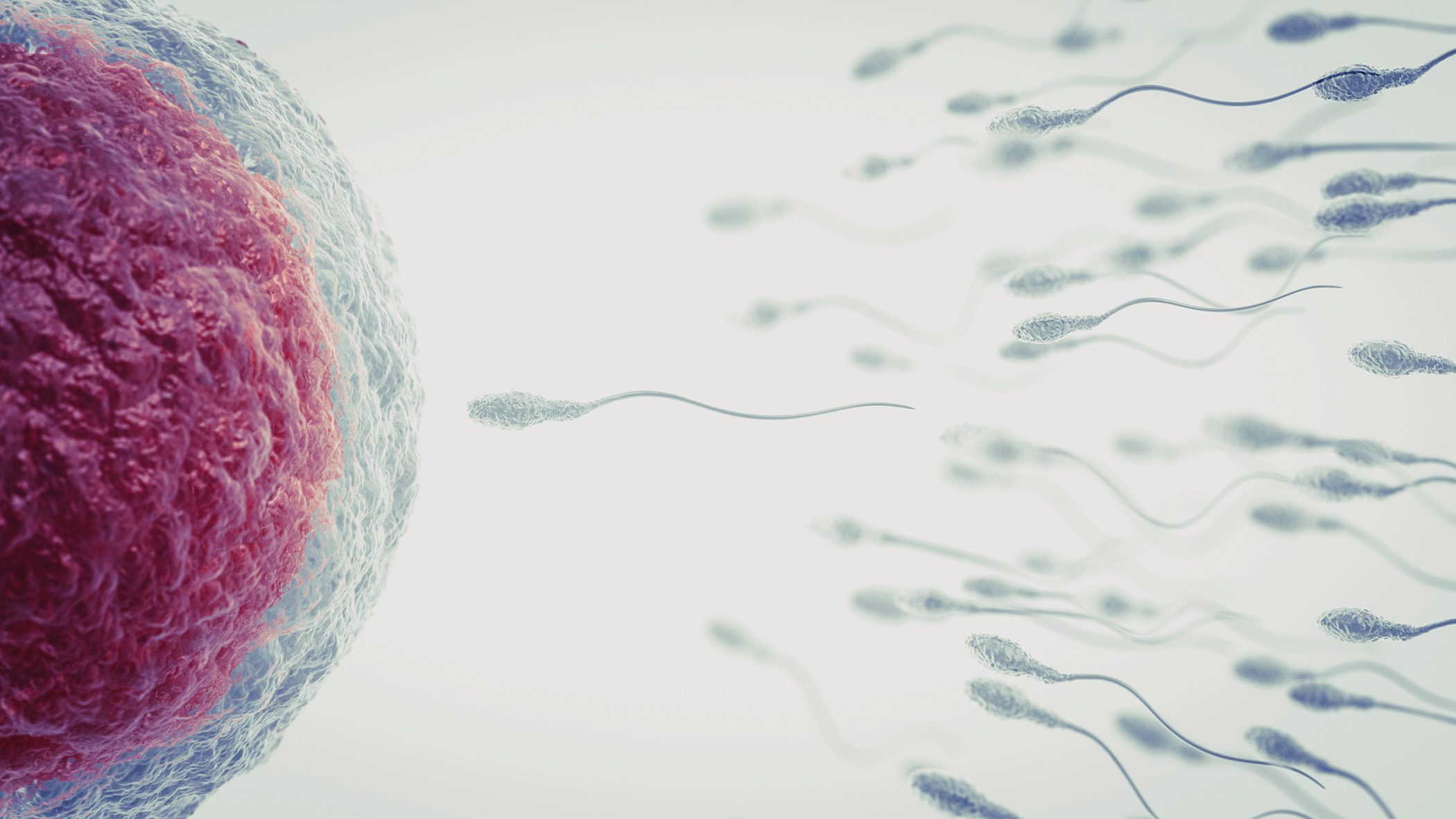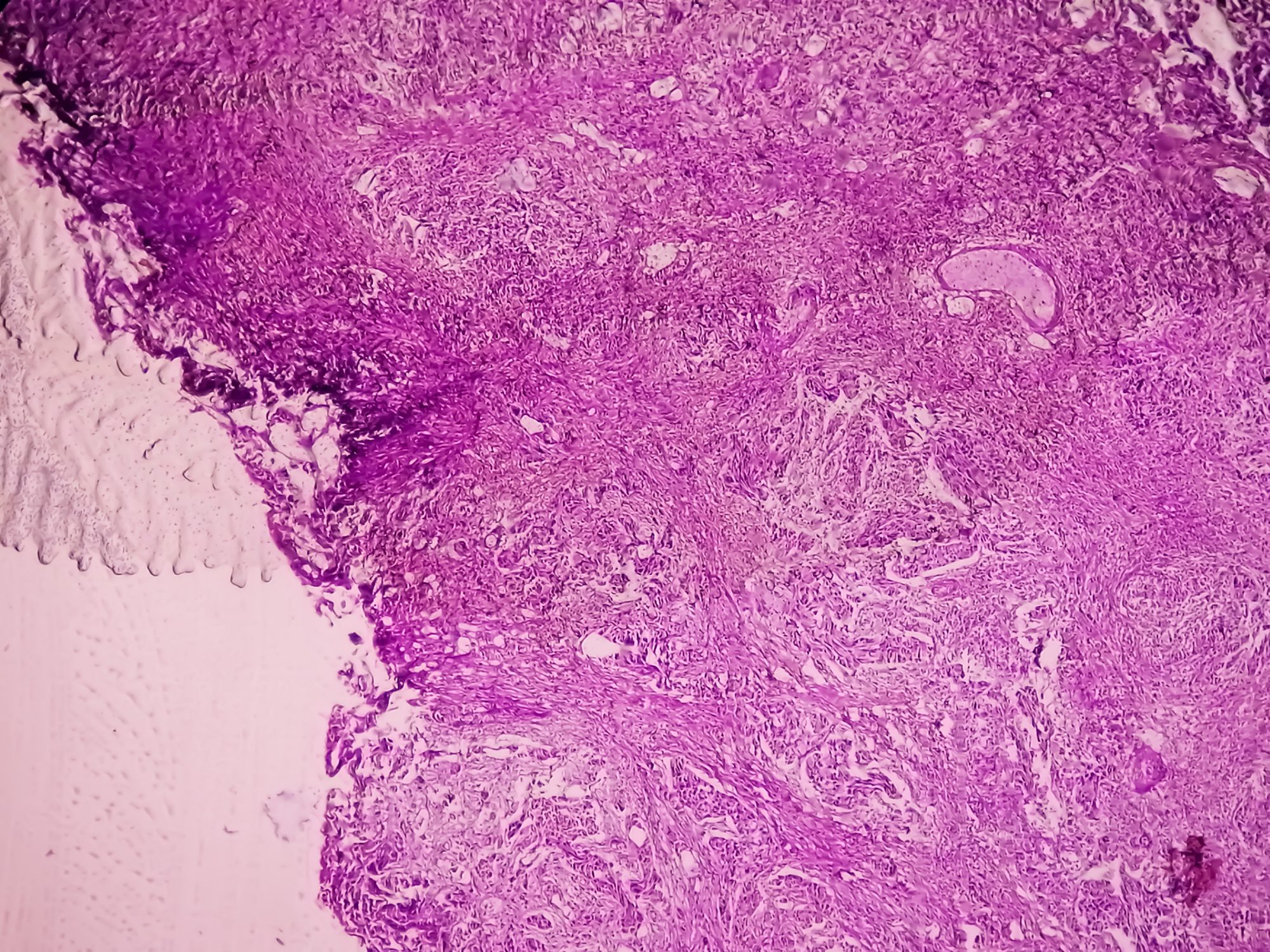Macroscopically visible sterile, confluent pustules on non-acral skin and extensive erythema and edema are among the characteristic manifestations of generalized pustular psoriasis – a severe inflammatory, potentially life-threatening skin disease. Increasing evidence suggests that GPP is a clinical entity to be distinguished from psoriasis, requiring a specific diagnostic and therapeutic approach.
Acute flare-ups of generalized pustular psoriasis (GPP) are often accompanied by systemic symptoms such as fever, chills, malaise, loss of appetite, nausea, and severe pain. The disease can occur at any age, but the median age at diagnosis is about 50 years [1]. From recent study findings, mutations in the IL-36 axis lead to increased inflammation and associated disease activity [13]. For example, Zhou et al. noted that GPP can manifest when IL-36 agonists are present in excess or when characteristic alterations of the IL-36 axis trigger uncontrolled signaling and excessive production of proinflammatory cytokines via a feedback loop [14].
Diagnostic classification: ERASPEN criteria
The diagnosis of GPP is made clinically-pathologically, with skin biopsies supporting the diagnoses made in the clinic [6]. Although no internationally agreed criteria for the diagnosis of GPP have been established to date, in 2017 ERASPEN** published the “European Consensus Statement on phenotypes of pustular psoriasis”, in which GPP is defined as sterile pustulosis on non-acral skin, which may occur with or without psoriasis vulgaris [4]. Sterile pustules are considered primary lesions; those that dry up may form a dark scab that gradually detaches and is eventually shed. GPP is further subdivided depending on the presence of systemic inflammation, psoriatic plaques, and the type of clinical course (recurrent vs. persistent). Systemic inflammation is present when the erythrocyte sedimentation rate and serum C-reactive protein levels are high, fever is above 38°C, and the white blood cell count is above 12×109/l.
** European Rare and Severe Psoriasis Expert Network
Clinical course: acute relapses can last several weeks
The clinical course of GPP reflects the variability of the disease, with relapses sometimes occurring with recurrent episodes interspersed with periods of no pustule formation [3–8]. A clinical characterization based on the most relevant studies on GPP was performed by Choon et al. created [3]. While symptoms and their frequency are heterogeneous, most “flares” persist for around 2-5 weeks; the mortality rate is reported in the literature to be 2-16% [3,8,12]. High fever and leukocytosis with neutrophilia are ubiquitous but occur with varying frequency in patients. GPP is often preceded by plaque psoriasis and arthritis, and all sufferers report malaise and fatigue. The most commonly reported skin symptoms include pustules, scaling, dryness, swelling, erythema, skin pain, itching, and burning. The causes for the occurrence of an acute episode are not always obvious, but numerous trigger factors are known, including rapid withdrawal of systemic corticosteroids, as well as a number of medications (e.g., penicillin), but also infections, pregnancy, menstruation, and stress [2,3,8–12].
Differential diagnosis: exclude AGEP
The key clinical features of GPP in comparison to AGEP and subcorneal pustular dermatosis (Sneddon-Wilkinson syndrome) are summarized in Table 1 [1]. The most important differential diagnosis of GPP is the rare acute generalized exanthematous pustulosis (AGEP), a severe cutaneous drug reaction [13]. Differentiation between GPP flares and AGEP is possible by clinicopathologic features but is challenging [16]. Both disease entities have in common multiple disseminated sterile pustules on an erythematous base, accompanied by fever and massive neutrophilia as typical manifestations. Both GPP and AGEP patients may have IL-36 axis mutations [17]. AGEP usually disappears after two weeks after abrupt onset and benign course and usually does not recur. Moreover, the majority of family history in AGEP is negative [13].
Therapeutic options: Spesolimab received EU approval
For the future, the main priority is to reach a broad consensus on the main clinical features of GPP in order to make a rapid and confident diagnosis. From a therapeutic perspective, the overall goals are to achieve disease control and to combat acute relapses. Currently, there are no international guidelines for the treatment of GPP. Experts suggest using either conventional immunosuppressants (e.g., ciclosporin, methotrexate, topical corticosteroids) or biologics in the acute phase to stabilize the disease by controlling inflammation. If necessary, phototherapy may be useful in parallel. In a survey published in 2021 involving 29 dermatologists from across North America as part of the Corona Psoriasis Registry, 72% expressed concern that current treatments are “too slow to control relapses,” and 67% said they do little to prevent new relapses [26]. In the meantime, however, things have changed. Following the US and Japanese health authorities, the European Medicines Agency (EMA) has now also approved the IL-36 receptor antibody spesolimab for the treatment of GPP relapses in adults [21,23–26,32]. And in addition to spesolimab, imsidolimab – also an IL-36 receptor antibody – has been shown in trials to be a promising therapeutic alternative for GPP patients [22, 28-31].
The decision whether to use conventional immunosuppressants or biologics at the start of treatment should be made in consideration of the individual patient situation. Regarding special populations, pediatric patients and pregnant women are two groups for whom the disease may be particularly detrimental [3,9,33,34]. Given the life-threatening potential of GPP relapses for these individuals, ciclosporin is often preferred because of the rapid action of the drug [6,8,21,23–27].
Literature:
- Rivera-Díaz R, et al.: Generalized Pustular Psoriasis: A Review on Clinical Characteristics, Diagnosis, and Treatment. Dermatol Ther (Heidelb) 2023; 13(3): 673–688.
- Johnston A, et al.: IL-1 and IL-36 are dominant cytokines in generalized pustular psoriasis. J Allergy Clin Immunol 2017; 140(1): 109–120.
- Choon SE, Navarini AA, Pinter A: Clinical course and characteristics of generalized pustular psoriasis. Am J Clin Dermatol 2022; 23(Suppl 1): 21-29.
- Navarini AA, et al.: European consensus statement on phenotypes of pustular psoriasis. J Eur Acad Dermatol Venereol 2017; 31(11): 1792–1799.
- Fujita H, et al.: Japanese guidelines for the management and treatment of generalized pustular psoriasis: the new pathogenesis and treatment of GPP. J Dermatol 2018; 45(11): 1235–1270.
- Fujita H, Gooderham M, Romiti R: Diagnosis of generalized pustular psoriasis. Am J Clin Dermatol 2022; 23(Suppl 1): 31–38.
- Ly K, et al.: Diagnosis and screening of patients with generalized pustular psoriasis. Psoriasis (Auckl) 2019; 9: 37–42.
- Zheng M, Jullien D, Eyerich K: The prevalence and disease characteristics of generalized pustular psoriasis. Am J Clin Dermatol 2022; 23(Suppl 1): 5–12.
- Gooderham MJ, Van Voorhees AS, Lebwohl MG: An update on generalized pustular psoriasis. Expert Rev Clin Immunol 2019;15(9): 907–919.
- Reynolds KA, et al.: Generalized pustular psoriasis: a review of the pathophysiology, clinical manifestations, diagnosis, and treatment. Cutis 2022; 110(2 Suppl): 19–25.
- Bachelez H, et al.: Generalized pustular psoriasis is a disease distinct from psoriasis vulgaris: evidence and expert opinion. Expert Rev Clin Immunol 2022; 18(10): 1033–1047.
- Kharawala S, et al.: The clinical, humanistic, and economic burden of generalized pustular psoriasis: a structured review. Expert Rev Clin Immunol 2020; 16: 239–252.
- Reich K, et al.: Generalisierte pustulöse Psoriasis: Überblick zum Status quo und Ergebnisse einer Diskussionsrunde. JDDG 2022: 20(6): 753–772.
- Zhou J, et al.: An update on genetic basis of generalized pustular psoriasis (Review) Int J Mol Med 2021; 47(6): 118.
- Morita A, et al.: Efficacy and safety of spesolimab in Asian patients with a generalized pustular psoriasis flare: Results from the randomized, double-blind, placebo-controlled Effisayil™ 1 study. J Dermatol 2022 doi: 10.1111/1346-8138.16609.
- Kardaun SH, et al: The histopathological spectrum of acute generalized exanthematous pustulosis (AGEP) and its differentiation from generalized pustular psoriasis. J Cutan Pathol 2010; 37: 1220-1229.
- Feldmeyer L, Heidemeyer K, Yawalkar N: Acute generalized exanthematous pustulosis: pathogenesis, genetic background, clinical variants and therapy.
Int J Mol Sci 2016; 17: 1214. - Sugiura K: Role of interleukin 36 in generalised pustular psoriasis and beyond. Dermatol Ther (Heidelb) 2022;12(2): 315–328. doi: 10.1007/s13555-021-00677-8.
- Hospach T, et al.: Scoping review of biological treatment of deficiency of interleukin-36 receptor antagonist (DITRA) in children and adolescents. Pediatr Rheumatol Online J. 2019;17(1):37.
- Shadi Kourosh A: Subcorneal pustular dermatosis. www.uptodate.com/contents/subcorneal-pustular-dermatosis, (letzter Abruf 05.08.2023)
- Burden AD, et al.: Clinical disease measures in generalized pustular psoriasis. Am J Clin Dermatol. 2022; 23(Suppl 1): 39–50.
- Choon SE, et al.: AAD VMX; April 23–25, 2021; Virtual Meeting. www.psoriasiscouncil.org/docs/2021_esdr_congress_report.pdf, (letzter Abruf 05.08.2023)
- Krueger J, Puig L, Thaçi D: Treatment options and goals for patients with generalized pustular psoriasis. Am J Clin Dermatol. 2022;23(Suppl 1): 51–64.
- Carrascosa JM, et al.: Practical update of the recommendations published by the Psoriasis Group of the Spanish Academy of Dermatology and Venereology (GPs) on the treatment of psoriasis with biologic therapy. Actas Dermo-Sifiliográficas.2022; 113(3).
- Kearns DG, et al.: Review of treatments for generalized pustular psoriasis. J Dermatol Treat. 2021; 32(5): 492–494.
- Strober B, et al.: Unmet medical needs in the treatment and management of generalized pustular psoriasis flares: evidence from a survey of Corrona Registry Dermatologists. Dermatol Ther (Heidelb) 2021;11(2): 529–541.
- van de Kerkhof PC: From empirical to pathogenesis-based treatments for psoriasis. J Invest Dermatol 2022: S0022-202X(22)00082–3.
- Baum P, Visvanathan S, Garcet S, et al.: Pustular psoriasis: molecular pathways and effects of spesolimab in generalized pustular psoriasis. J Allergy Clin Immunol 2021; S0091–6749(21): 01554–1562.
- Baum P, et al.: Pustular psoriasis: molecular pathways and effects of spesolimab in generalized pustular psoriasis. J Allergy Clin Immunol 2022;149(4): 1402–1412.
- Bachelez H, et al.: Trial of spesolimab for generalized pustular psoriasis. N Engl J Med 2021; 385(26): 2431–2440.
- ClinicalTrials.gov: NCT03619902, https://clinicaltrials.gov/ct2, (letzter Abruf 04.08.2023)
- Europäische Arzneimittelagentur (EMA), www.ema.europa.eu/en/documents/product-information/spevigo-epar-product-information_de.pdf, (letzter Abruf 04.08.2023)
- Puig L, et al.: 30th European Academy of Dermatology and Venereology Congress (29 September – 2 October 2021, Virtual). EADV 2021, p. 1055.
- Aragón Miguel R, et al.: Psoriasis pustulosas generalizadas y localizadas: estudio multicéntrico con 119 pacientes. 7º Congreso de Psoriasis, Presencial+Virtual, Madrid, Jan 21–22, 2022.
DERMATOLOGIE PRAXIS 2023; 33(4): 34–35












